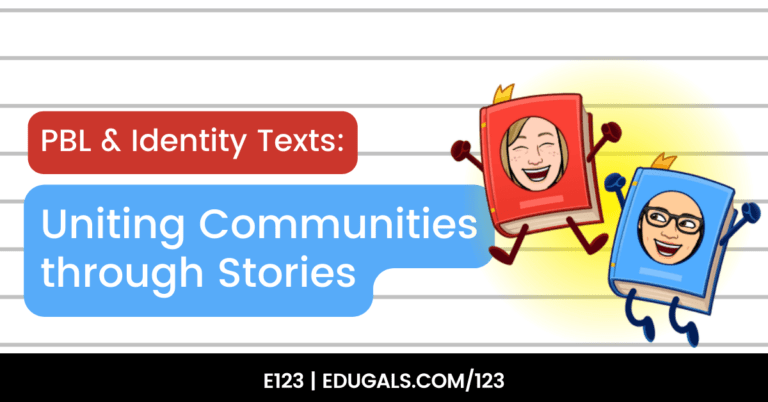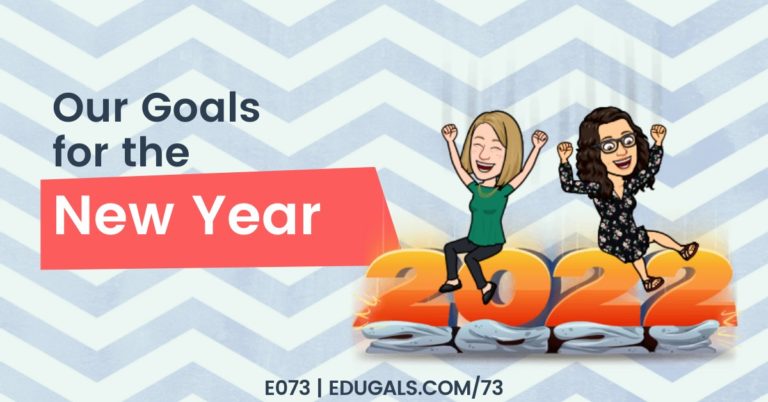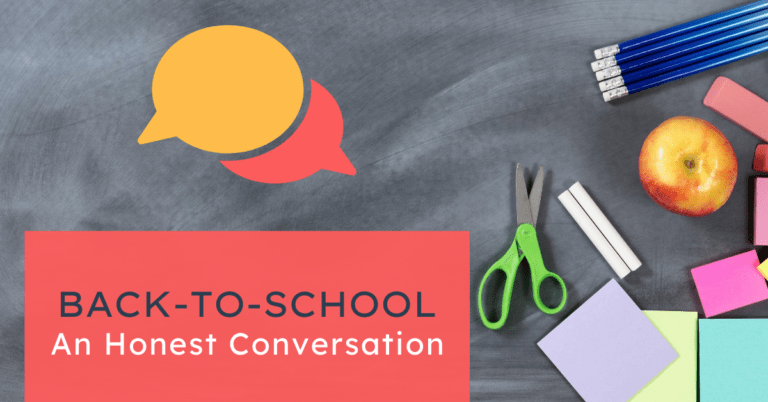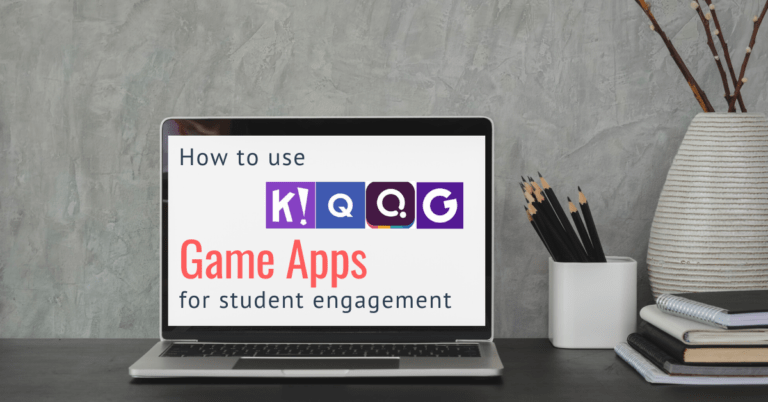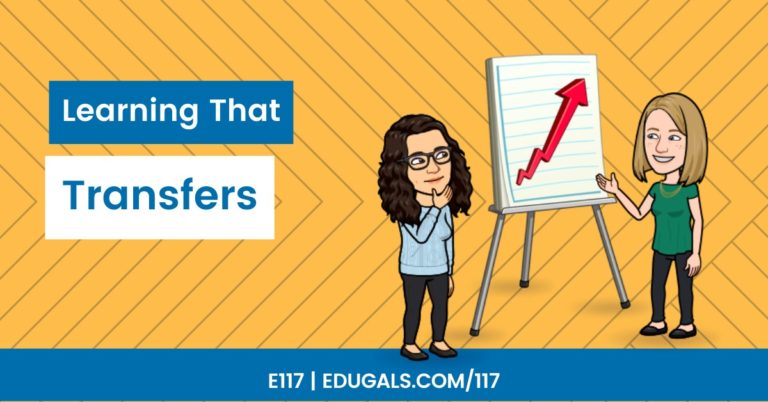[podcast_subscribe id=”7428″]
In this episode, we are diving into chapter 1 of Grading for Equity by Joe Feldman. We will dive into what makes grading so difficult to talk about, and even harder to change.
If you like what you hear, we would love it if you could share this episode with a colleague or friend. And make sure you subscribe so that you don’t miss out on any new content! And consider supporting the show by buying us a coffee or two!
We would love to hear from you – leave a comment on our website OR check out our FLIP!

Show Notes
This week, marks the first episode of a series, where we will be discussing the book Grading for Equity: why it matters, and how it can transform schools and classrooms by Joe Feldman. We are so excited for this series, and to take a deep dive into this resource.
We both are familiar with this resource, and have used it to some degree as we have been on this journey to ungrading and reexamining our grading practices. With that in mind, we figured that we should share it with others, and do a more thorough read of this resource.
One thing to keep in mind is that this is the type of resource that is best read and processed with someone else; having a critical friend or a like-minded peer is a great way to go through the ideas in this book and share perspectives. It’s the best way to really get you thinking and sharing ideas around grading, a very taboo topic of discussion in education.
This book study is going to take us through the rest of this school year, as we will break it down one chapter at a time, and spread it out across the rest of our content. There is just so much great information in this resource that we really want to do it justice.
As we go through this book, it’s important to mention that this resource, and the conversations we have, may make you feel uncomfortable – but that’s okay! It’s best to keep an open mind and to be aware of your comfort level while trying to stay open. Grading conversations are challenging to have!
Structure of the book
Before we get into chapter 1, we thought it was worth sharing a bit about the structure of the book.
- 14 chapters in total
- 3 parts:
- Foundations (2 chapters)
- A case for change (4 chapters)
- Equitable grading practises (8 chapters)
- Each chapter has guiding questions at the beginning; a summary and reflection questions at the end
What makes grading so difficult to talk about and even harder to change?
Grading conversations are not easy; it’s one thing if you are the initiating them, however it’s an entirely different case when colleagues, administrations, students or families are asking you about your grading practices. Having these conversations through a book study such as this, is a great way to start thinking about your grading practices, and will help you to become more comfortable about what you do, and how you do it, making it easier to share with others.
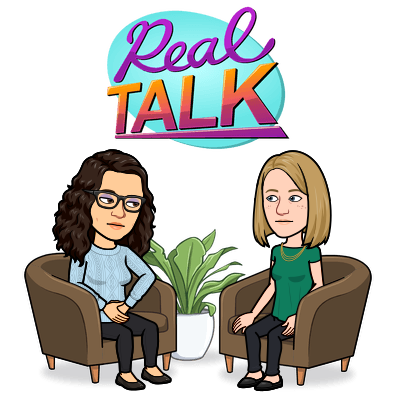
Teaching is such a challenging career – there are so many different aspects to it, we are often told what to do (curriculum, course breakdown, regulations, etc.). So much of our autonomy is taken away from us in teaching, except for grading.
Grading is the one island of autonomy that we have. It’s the one subject or area of our professional lives where we have a bit more power and control over.
This has made our grading practices become this area of our professional lives where it feels deeply personal, and if people want to discuss or question our grading practices, we tend to get defensive. Grading is our thinking, our beliefs, it’s how we show the learning in our classroom and the expectations that we have for our students.
In the chapter, Feldman discusses various states and their education laws and regulations, and how in some states administrators or other supervisors are not allowed to change grades. This demonstrates the autonomy that educators have over their grades.
Another fascinating point that he addresses is that grading is never really taught in teacher education programs. It isn’t usually demonstrated or explained, so when a teacher gets started in the profession, they are going based on what they think the expectations should be, a rubric they have created (or inherited), etc. These practices are not necessarily based on current grading and assessment and evaluation research. And these new teachers aren’t usually working with experienced teachers to get a better idea as to what grading should look like, sound like, etc. They are very much on their own, and it is very much based on how they were graded as a student.
This leads to repeating grading practices that may not be equitable in nature, such as grading participation, attendance, organizational skills, etc. We all bring our prior experiences (inequitable ones included) with us into our teaching practices.
The first time that Rachel and Katie came across moderated marking was during IB training. There may have been one other teacher that Katie had done moderated marking with prior, but they were already IB qualified and had done this in their training as well. This practice was very powerful because it was fascinating to see how grading practices were similar and different, and how we interpret students’ work.
Shifting a bit here, an interesting discussion that Feldman wrote about is this idea that while teachers want to hang on tight to grading autonomy, we tend to hate it!
The amount of time that goes into grading, reporting, comments, creating rubrics, etc. can be very frustrating. And to have to agonize over points and half marks, and justifying one mark over another is brutal. Once you hand those tasks back, there’s also the fear of students and parents coming back to you to explain why or how the grading is wrong and should be changed.
If we are this stressed about grading, and if students are complaining so much, then perhaps the expectations weren’t clear, or the process wasn’t transparent enough. Or perhaps it’s just time to rethink the way we do things!
Web of belief
Feldman defines a web of belief as all of our lived experiences, our truths based on these experiences that we have as individuals, our prior understand and learning. Our web of belief takes all of these things and shows how all of this shapes who we are as educators, our teaching and grading practices, and even how we approach grading.
This could be a really great exercise to do individually, in course teams, as a department, etc. Have everybody brainstorm their own web of belief; what beliefs do you have about grading? Do you believe in late marks? Homework? Do you believe in assigning marks to participation? attendance? learning skills versus academic content?
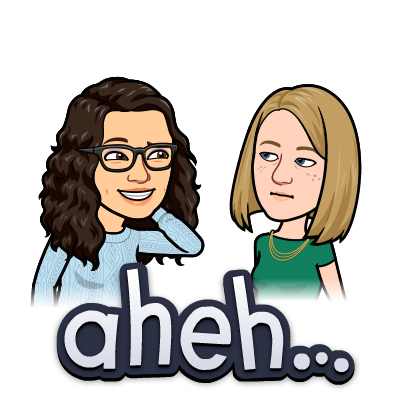
All of these beliefs are important for you to think about because you can’t really make changes to your grading practices until you understand where you are starting from.
Your web of belief will also influence your new learning; how you approach new learning, and how you react to new ideas about grading. Often we may become defensive to new learning, and it’s important that we don’t just dismiss new ideas – we need to think about what aspect of our web of belief is making us react so strongly, and the reasons for that impact.
He goes on to explain that when we learn new information, it has to go through our web of belief first. For some new learning, we might immediately dismiss it, or we might accept it – it all depends on how well it fits within our own web of belief.
Feldman also provides some great advice about our webs of belief and new learning:
- Be aware of your reactions to new information
- Don’t just react! THINK about why you feel that way
- We need to be critical of our own teaching practices in order to be open to new learning and ideas
- Our learning doesn’t stop just because we become educators
- Pedagogy changes over time, and there are different ideas and perspectives that we need to be open to learning about – doesn’t mean we have to implement them all. Just listen!
- Get comfortable with being uncomfortable
- Nobody is perfect, and you are not the same teacher you were when you started – we’re all learning how to be better.
With all of this in mind, it is definitely worth sitting down before you decide to dive into a book like this, and you need to take time and brainstorm your feelings about grading – what should count, what should not count, what you like, what fears you have, etc. This will help you to approach this type of book with a much more clear picture of your own beliefs about grading, and an understanding of why you may feel or react a certain way as you go through this resource.
You may also experience some guilt when you look back and reflect on your grading practices and how you need or want to move forward. While it’s an understandable reaction, it’s important to recognize and remember that we are all human, and that when we know better, we do better – every year and semester is a fresh start with new students, so take that fresh start and make changes to improve yourself as an educator!
What brings us to this book? What are our goals for reading it? How will the way we read it help or hinder us from realizing these goals?
This question was one of the reflection questions at the end of the book. We felt it was worth sharing our answers to this question!
Rachel
While she read this resource a while back, and is now revisiting it, her initial read was a result of Jesse Stommel, and hearing him speak a few times about ungrading. He talks a lot about ungrading and why grades can cause harm to students. This learning, combined with the equity learning she was doing with the Board brought her to this particular resource.
Katie
As an ESL teacher, she has felt that these students, and teaching in this program have really changed her as an educator. It has changed how she approaches things, her belief system in terms of grading and teaching, and it has made her more open to the fact that learners in our classroom are all very different, are living different lives, and walk in with a whole lot that we don’t get to know or see. This has opened her mind to recognize the need to change, and to make her teaching practices more equitable for any students walking through her classroom door.
Her students have helped her to change her stance on grading, and this is what has brought her to this particular resource. She has been on an ungrading and mastery journey, but she doesn’t feel like this learning is done, so she wants to continue to find new strategies, and to read some of the research that has gone into this book. This will also help her to justify some of the changes that are being made in her classroom (for those that are asking for that justification), and will make her feel more comfortable explaining these new practices to students, families, course teams, administrators, etc.
We look forward to continuing on this journey, and really diving into this resource. Stay tuned for future chapters, and feel free to grab your own copy and join in the conversation!
